For months, Donald Trump has repeatedly raised the specter of a “rigged election” costing him the presidency. It is an obsession that can really only be understood as a case of projection. To the extent that there is a systematic effort to distort the election results this November, it is coming from the Republican Party.
As on other subjects, Trump’s “rigged election” rhetoric is merely the unvarnished version of ideas that have long been flourishing in conservative circles. For years, Republicans have used the non-issue of in-person voter fraud to promote laws that systematically disenfranchise minorities, young people, and the poor.
Twenty states have passed new restrictive voting laws since 2010, and fourteen states had such laws come into effect for the first time this year. Voter ID laws are only one of several practices that add up to a widespread effort at election discrimination. Others include purges of the voting rolls, reductions in early voting opportunities, and the closing of polling stations.
That these laws are intentionally discriminatory is beyond question. Lawmakers and election officials from North Carolina to Wisconsin have been caught explicitly admitting as much. And these anecdotes are part of a broader pattern. Republicans have supported voter ID laws in electorally competitive states where the party, with a declining electoral coalition, is struggling to maintain their control. The passage of voter ID laws is “highly partisan, strategic, and racialized.”
What will these laws mean when the votes are counted tonight? Some studies have shown that these discriminatory rules are having their intended impact, but at the same time, a few of the most egregious laws have been subject to legal appeal. There is also evidence that concerted campaigns can help offset the new rules and get qualified voters to the polls. But these competing efforts may confuse voters, which could itself have a dampening effect on turnout. The bottom line is: we do not yet know how much voter suppression will affect aggregate vote totals.
But these laws are a problem even if they do not demonstrably influence this year’s overall electoral outcomes.
The voter purges in North Carolina have been described as “like something that was put together in 1901.” It was in that year that North Carolina Representative George Henry White, the last black congressman elected before the Civil Rights era, last sat in Congress. The year before, a state poll tax and literacy test had decisively turned back the progress of Reconstruction and once again disenfranchised black voters. Similar measures disenfranchised not just blacks, but many poor whites, across the South throughout the Jim Crow era.
Before returning home, Representative White went before Congress to say that,
“This, Mr. Chairman, is perhaps the Negroes’ temporary farewell to the American Congress… but let me say, Phoenix-like he will rise up someday and come again.”
The history of the franchise in the United States has not been a steady but slow curve towards universal suffrage. Instead, the country’s progress has been marked by long periods of defeat and reaction. The persistence of voter suppression in the 21st Century represents marks a step backwards, another failure to overcome America’s long history of racist disenfranchisement. It is a sad irony that the party that elected Representative White to Congress, the Republican Party, today stands on the wrong side of that long history.
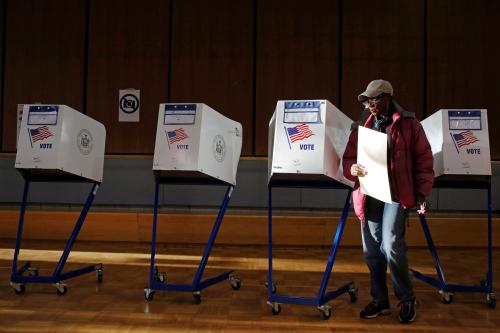
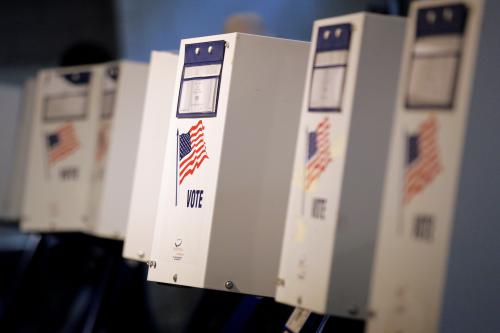
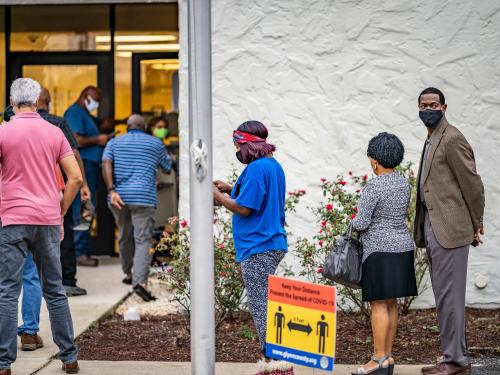
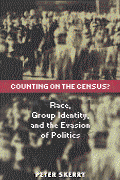
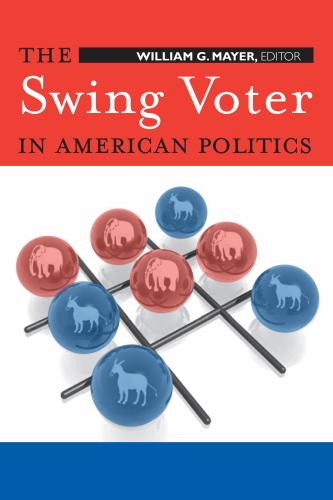




Commentary
Voter suppression, not fraud, looms large in U.S. elections
November 8, 2016